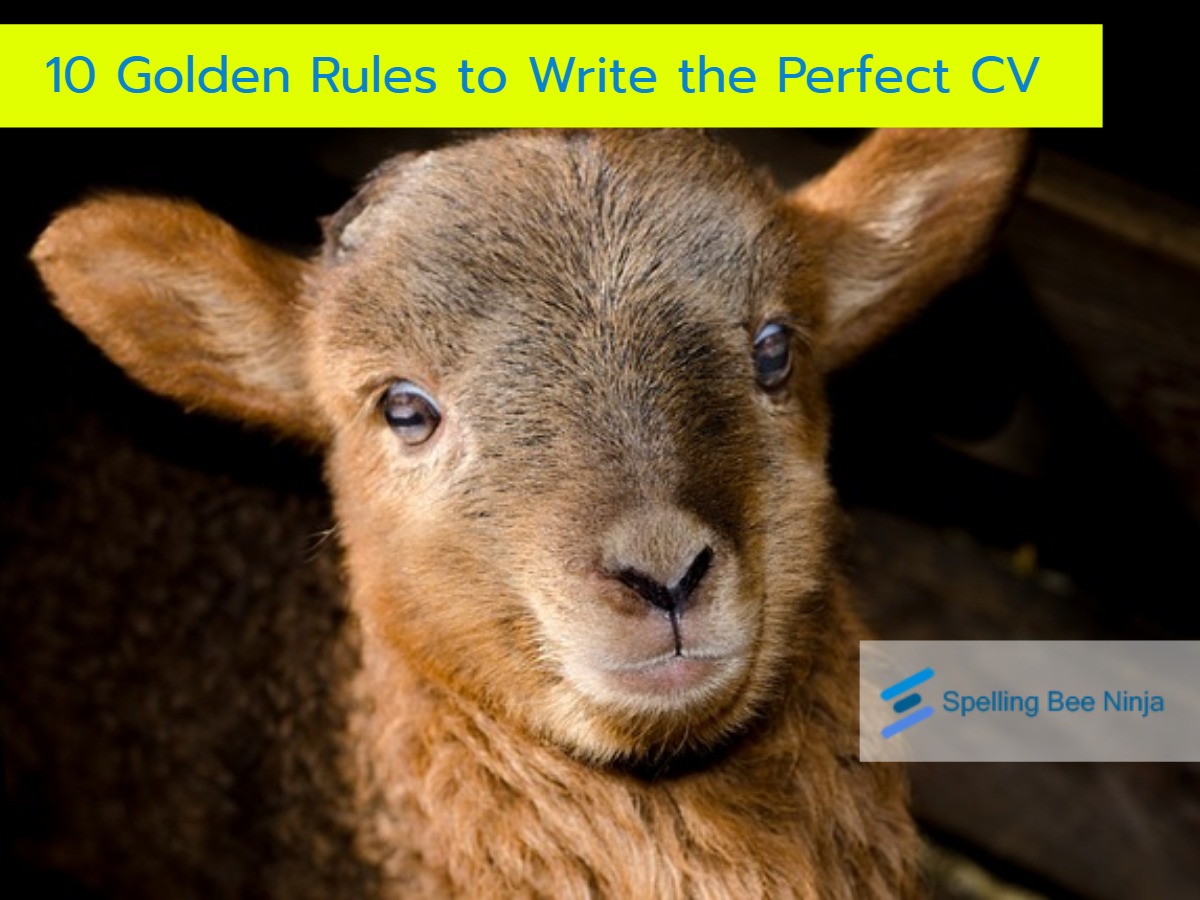One important skill you need to have when pursuing any career is to know how to write a CV that is efficient and can highlight your competence. At a glance, the curriculum vitae seems to only have essential information about the applicants. But a good human resource can tell a lot about the candidate from a simple CV.
Table of Contents
Know the Basics – What’s in a CV
It’s easy to confuse a curriculum vitae with a resume. Many people use both terms interchangeably. However, a resume has a page length limitation. As the name implies, it’s a shorter form of your CV.
A curriculum vitae is more elaborate as you can include most of your achievements and qualifications. However, you also can have a specific CV that will highlight your primary skill. At any rate, here is what you must include in a CV.
1. Personal Information and Contact Details
Your full name and contact details must be on top of the page. This will help the human resource to know whose CV it is. However, several companies blind read the CV when they cover the page top to focus on the professional qualifications.
2. Professional Summary
You need to write a concise and well-written summary of who you are and all of your capabilities. Human resources won’t take a summary that has numerous grammar mistakes, and other errors. Another thing you should know is the summary must grab the attention within 5 seconds.
A study shows that human resources only spend less than 5 seconds to skim through the summary. When you have an attractive paragraph that highlights your skills, they will take your CV and put it on the shortlist.
3. Education background and qualifications
Write all of your educational background, starting from the most recent one. So if you completed your Bachelor’s Degree at Purdue University, but your Masters at Monash University, you must write Monash University as the first line in this section. Followed by Purdue, and your high school, and continue going back in time. Don’t forget to include the year you spend in the institution as well as your major.
4. Work experience and achievements
Similar to your educational background, you must start this section by writing your most recent job, including the one you’re currently in. And if you’re a fresh graduate who hasn’t got any formal work experience, you can include your internship and freelance work history. Of course, you need to choose which internship you want to write in your CV.
5. Skills and Competencies
This is crucial as you need to include the relevant skills for the job. For example, if you’re applying as a secretary, then you must include your computer and administrative skills, as well as your social skills since a secretary needs to be sociable. You don’t have to include facts that you can juggle or can make a mean martini.
6. Certifications, Publications, and Other Achievements
Most people think that this section is only necessary if you’re pursuing an academic career or as an artist. But even if you used to be a pro athlete and want a career change, you can include your sporting achievements here. Of course, they need to be relevant to the job application.
Dos and Don’ts in Writing a CV
7. Do Use The Right Fonts
Use sans serif or serif fonts that are popular and easy to read. Arial, Helvetica, and Times New Roman are popular choices to have in your CV. Even if you work in the creative industry, you need to have the right font. Avoid cursive letters that can make your CV hard to read.
Size matters when you choose the right fonts. You can differentiate the fonts for the heading and content. But don’t make the size difference too obvious.
8. Do Include Contact and Relevant Information
You must include your home address, phone number, and email in the contact section. The email needs to be the same email that you use to apply. And they also must be professional sounding to further impress the human resource department.
Don’t forget to ensure your inbox has enough space so their email won’t bounce back. And if you have a new email, you must update your CV and use the latest version.
9. Do Make Your CV ATS-friendly
Most human resources already use the Applicant Tracking Software or the ATS to scan through your CV. This app will tell them if you have applied before and whether your new CV has an update to your previous application.
When you know how to write a CV that is also ATS-friendly, you have a higher chance of grabbing their attention and being on the shortlist.
10. Don’t Forget to Proofread and Update Regularly
This is a common mistake as many people think that they don’t need to update their CVs. Even if you’ve spent the last five years in the same company, you need to update your CV biannually.
Regular updates will encourage you to get more certifications and improve your skills. There is no limit on how many achievements you can include in your CV. If you have been highly productive and publish several journal articles in a year, you can include all of them.
Another mistake is to not proofread their CV. A simple typo on your email address or phone number can be the reason why you never hear them back. Always double and even triple-check your CV before you send them.
Instead of saving your CVs under the filename CV, you should use your name and separate the space with underscores. This will help the officer to find your file and reach out to you.
The primary key to getting a job is impressing the human resource officers. And you can do that by writing an eloquent cover letter with an efficient CV. Of course, you also need to have relevant competencies and meet their general requirements.
You can pursue your dream career by having a well-written CV. You can ask any successful connections on LinkedIn and see how their career changes their world. Now your CV is ready to be sent via email. So if you want to get your dream job, you must know how to write a CV.


